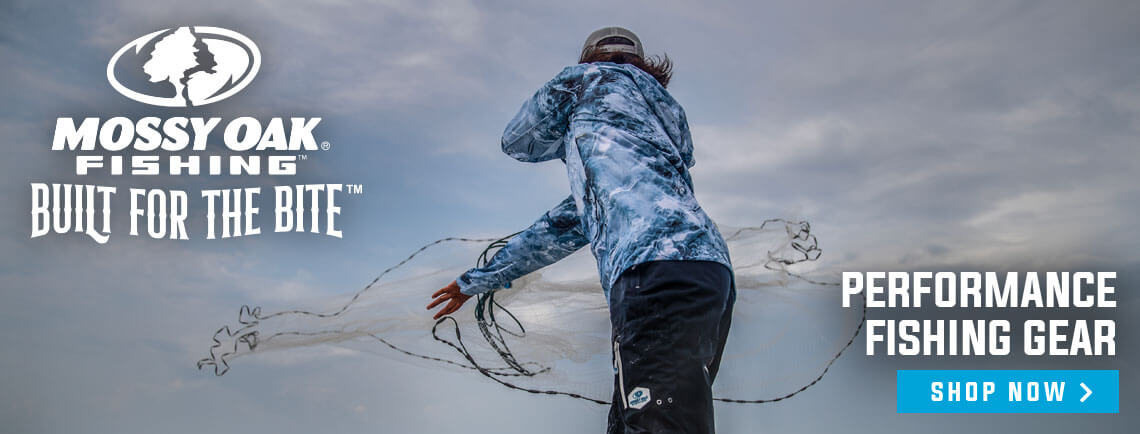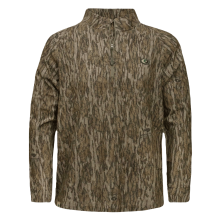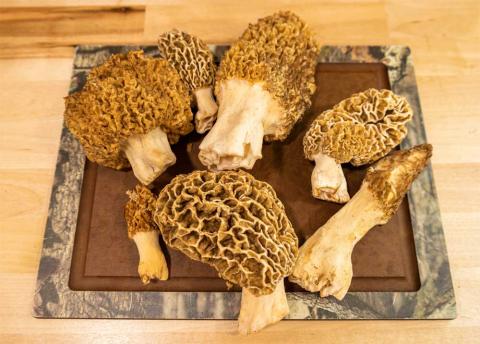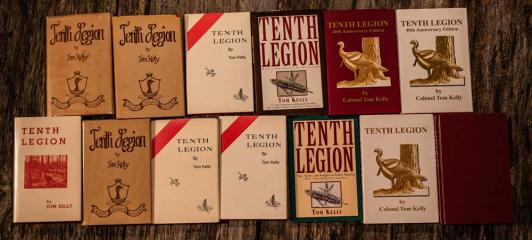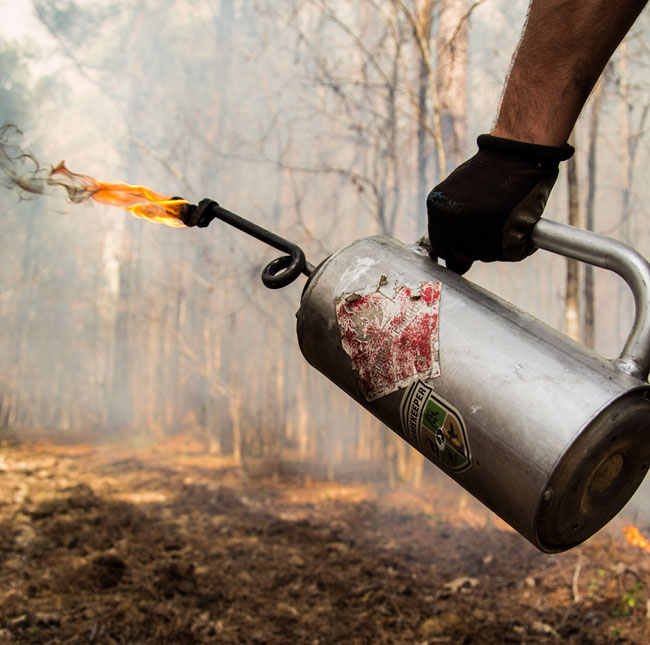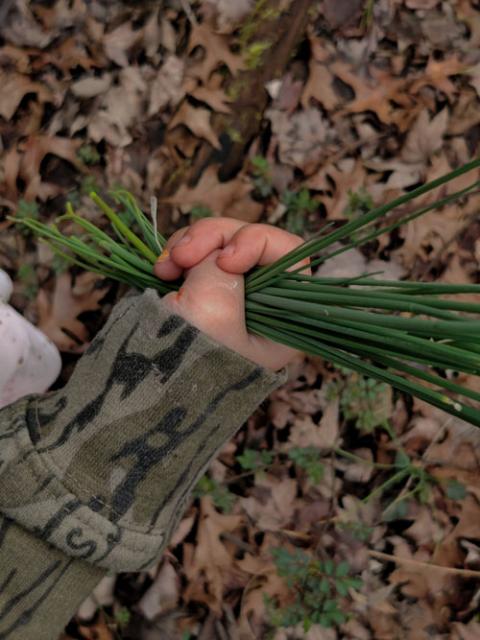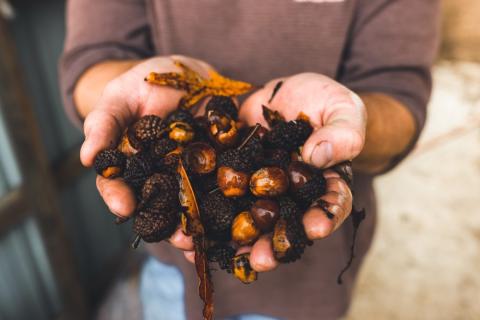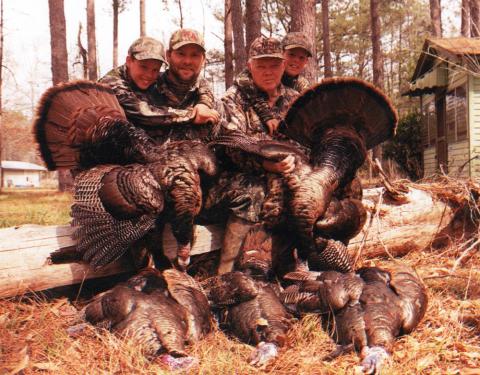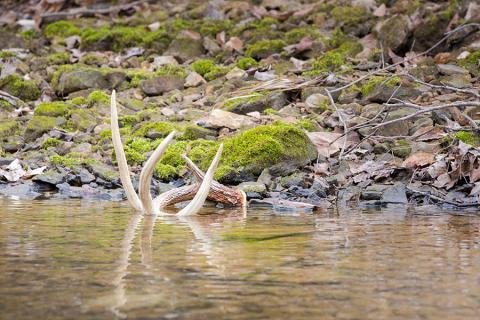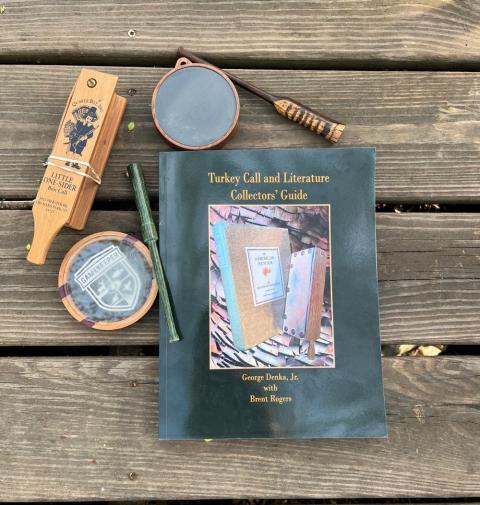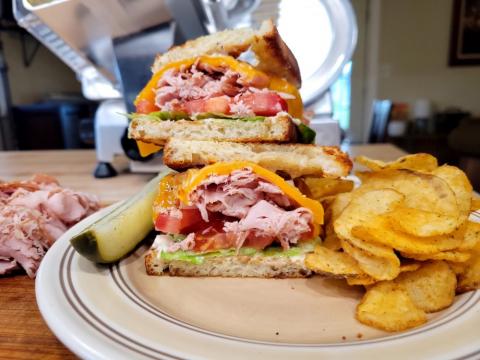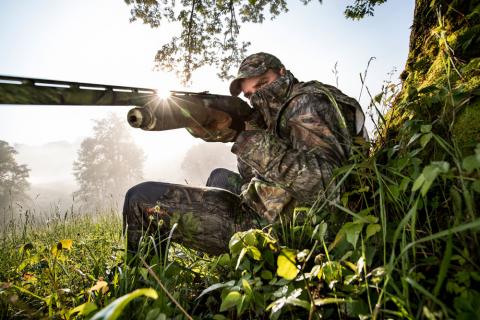Written by Sam White, Editor-in-Chief of Marlin Magazine
Depending on where you’re fishing, you may know them as spotted seatrout, speckled trout or a host of other nicknames, but either way, Cynoscion nebulosus is a true favorite among saltwater anglers. They’re beautiful, hard-fighting and excellent on the dinner table, but they can also be challenging to pattern reliably and catch consistently. They’re also one of the few gamefish that will bite reliably all year long—we’ve had days where the frigid weather was far better suited to duck hunting than fishing and were able to catch nice trout cast after cast, and others where we had fast action even in the sweltering heat of a Florida summer with the sun directly overhead.
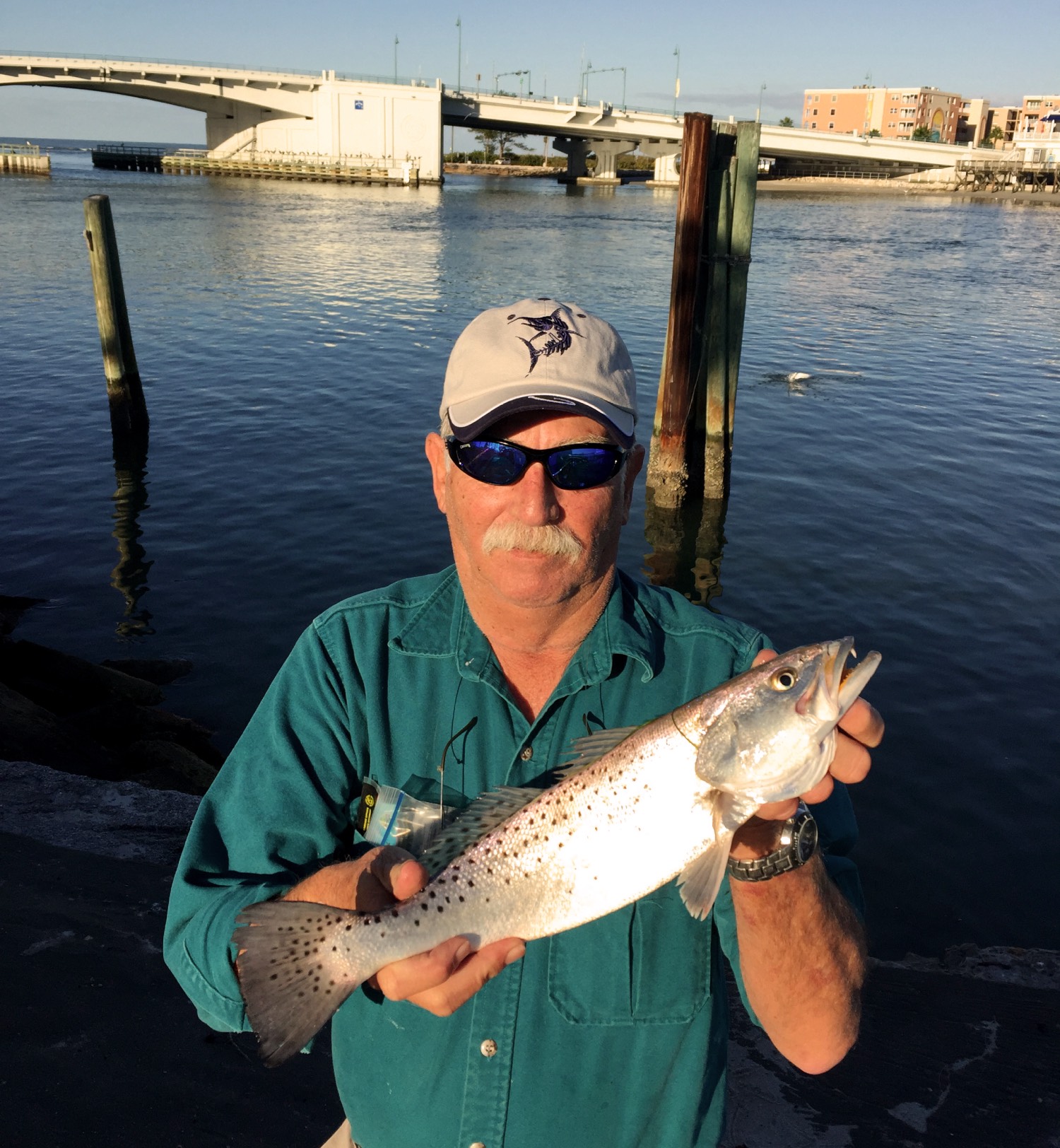
This trout fell for a topwater lure fished early in the day. Note the structure in the background.
Location, Location, Location
It’s impossible to catch fish where there aren’t any, so the first step is to locate productive water. Whether you’re fishing from a small craft, kayak, stand-up paddleboard or wading on foot, start with structure. Trout love to hang around oyster bars, rocky points, grassy sea beds and other areas, because they provide two things they need: a food source and protection from larger predators. While smaller trout love shrimp and small finfish, the larger ladies key in on bigger prey like mullet and pinfish that are worth the energy to chase down and consume. Find structure that’s holding bait and there’s a good chance that the trout aren’t far behind.
Water clarity is another important factor. As a rule, trout don’t like turbid water—they prey primarily by sight rather than smell. Those visual cues are also important in selecting the right colors: for the most part I prefer to match the hatch and will choose lures that resemble the appropriate bait, meaning lots of silver or white with black or dark green backs, or root beer brown when shrimp is likely on the menu. However, trout will also go for some pretty wild colors too so don’t overlook those fluorescent chartreuse greens and neon pinks either. If they can see it, they’ll eat it.
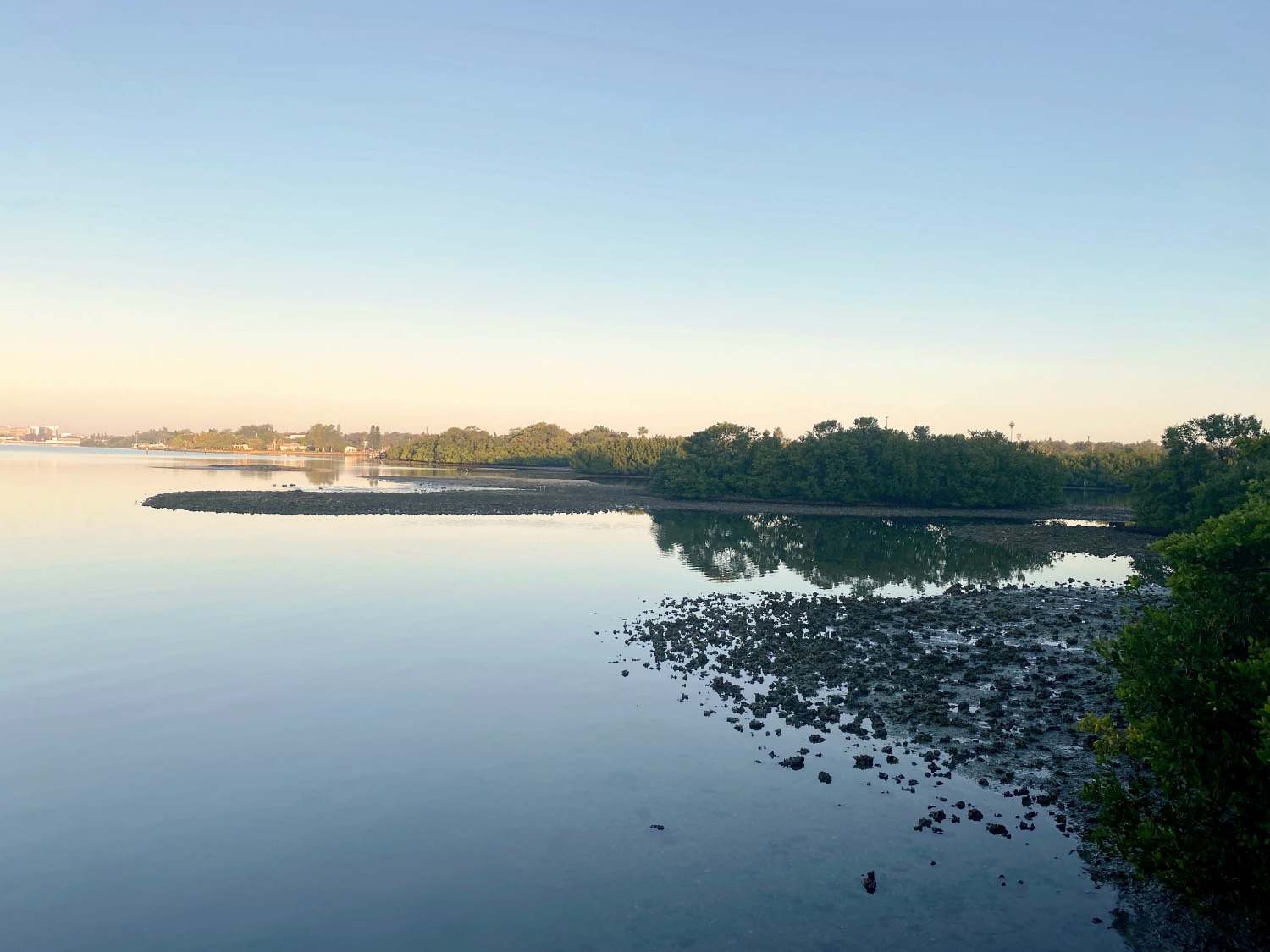
Oyster bars and rocky fingers that lead to deeper water are often key structures that can point the way to good trout fishing.
Cover the Column
Successful trout fishing also means reading the conditions and switching gears based on the seasons and time of day. While they can work well in virtually any conditions, topwater lures are most effective first thing in the morning and late in the afternoons near dusk. In these quiet, still times, the walk-the-dog action of a Zara Spook can often prove irresistible to a big trout, as well as providing some heart-stopping strikes for the angler. Using a long-casting 6 ½- to 7-foot rod with a fast action and flexible tip and a high-quality spinning reel loaded with 8- to 12-pound-test braided line and a topshot of 12-pound-test fluorocarbon leader, start by fan-casting around the structure and working the lure seductively with a twitch-twitch-twitch-pause action—strikes will invariably come on the pause so be ready. As with any topwater fishing though, wait a split-second after the bite so the fish has a chance to grab the lure before setting the hook.
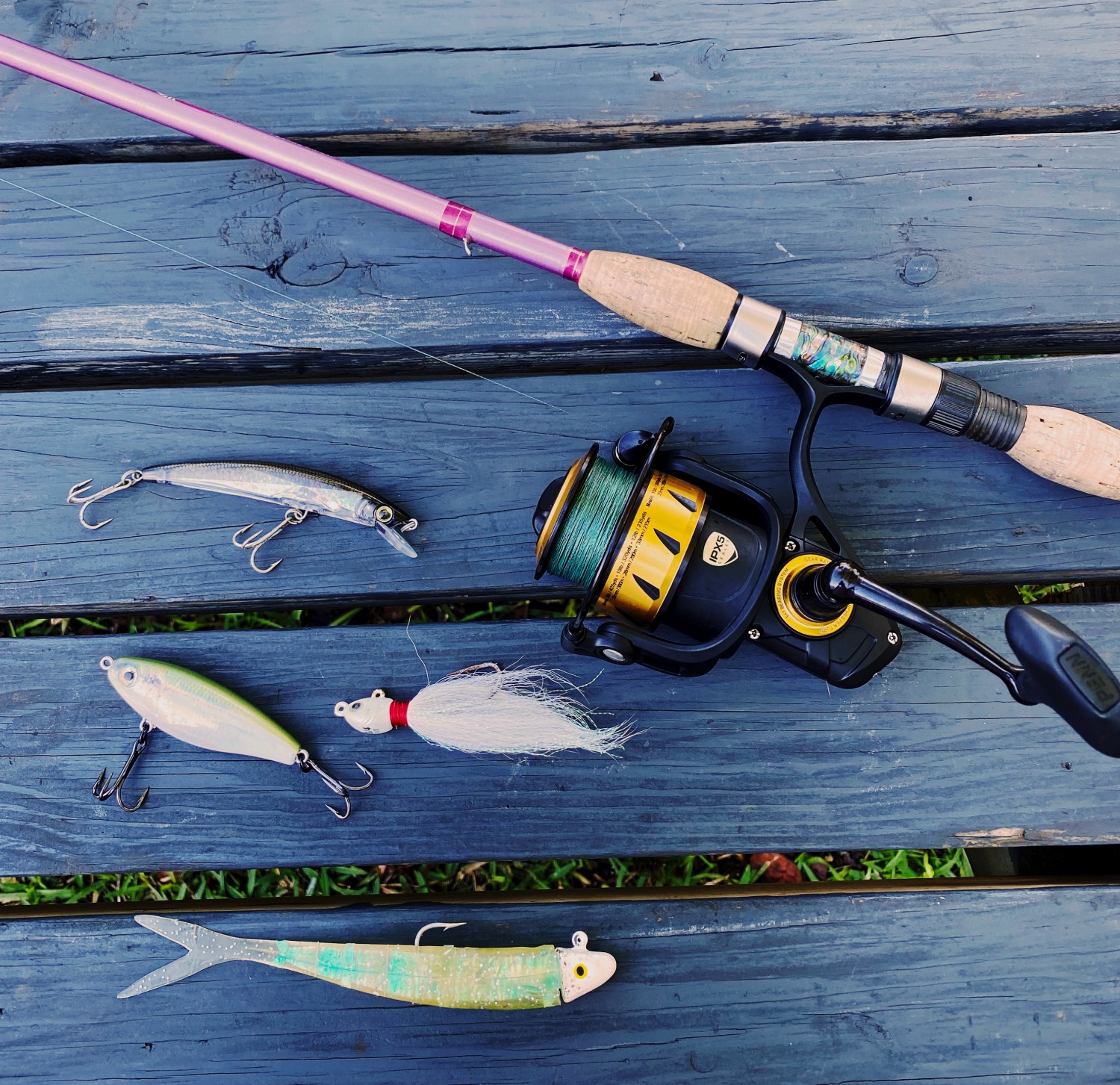
Proven trout producers: Yo-Zuri Crystal Minnow, Spro bucktail, soft plastic jerk bait and MirroLure MirroDine.
As the sun moves a bit higher in the sky—or topwater lures fail to produce any bites—switch to hard-bodied lures that allow you to work the middle portion of the water column. The Yo-Zuri Crystal Minnow and MirroLure series are both deadly in this application, perfectly mimicking a distressed finger mullet, pinfish or scaled sardine in both color and silhouette. One of my favorite tactics is to have a second rod rigged with a Crystal Minnow or soft plastic while throwing a topwater lure—should I have a fish blow up on the topwater but miss the hooks, I can immediately throw back in there with the swimming lure and reliably get bit on that follow-up cast.
By midday, or in very cold or very warm weather, trout have usually moved off the shallows and into deeper water. This means probing the depths with a lure you can work effectively throughout the water column. Two favorite styles for this application are soft plastic lures and jerk baits and lead-headed bucktails, with or without the addition of a curly-tailed attractant. This style of lure can swim at nearly any depth but are most effective bounced off the bottom, where trout are often nose-down in search of shrimp and baitfish. In cold weather where the fish are stacked up in deep holes or drop-offs and the water is a degree or two warmer, a soft plastic bait twitched very slowly can win the day. When in doubt, fish it even slower.
While it’s true that tackle stores love to see trout fishermen walk in the door, there’s no need to bring the entire Cabela’s catalog with you for a day on the water. A handful of lures in a few different styles can provide fast fishing that will have you seeing spots in no time.

